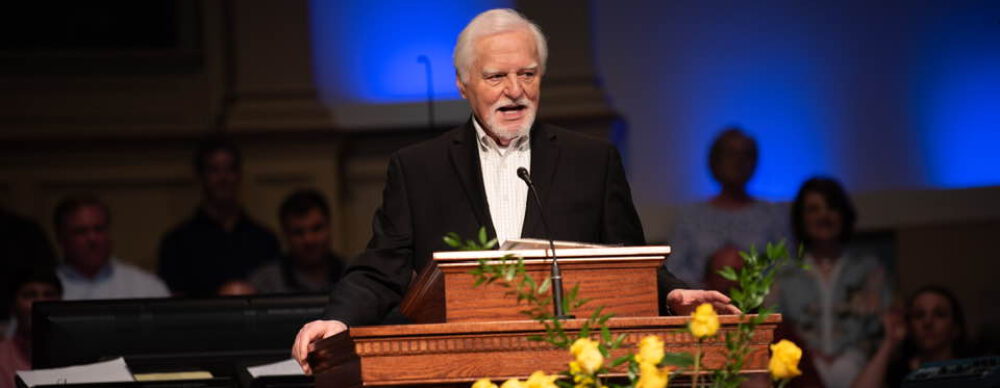Saints Coach Sean Payton gets it.
Watching a football game on television the other day, I noticed the camera showing a dispirited player on the bench with his head hung low. He had clearly had a bad game–interceptions, fumbles, something–and his team was losing. The problem is, his facial expression and his bodily posture were signaling to both his team members and opponents that he was finished here. The game was over as far as he was concerned.
I called out to the screen, “Get your head up, boy! The game’s not over! Do you have any idea what you are doing, looking that way?”
In this morning’s Times-Picayune, sportswriter Jeff Duncan tells how Coach Sean Payton stresses the same lesson to his players.
As I watched San Diego Chargers quarterback Philip Rivers throw a conniption fit at midfield in Kansas City last week a thought occurred to me. This would never happen with the New Orleans Saints.
I can’t remember the last time a Saints player lost it on the field. Of course, there’s not a lot to get upset about when you start a season 13-0 and win the Super Bowl. Still, the Saints, by and large, are as demonstrative and emotional as snipers when they take the field. Their insides might be bubbling cauldrons of emotion but it rarely shows.
There’s a good reason for this, Duncan says.
Body language is a big part of Payton’s coaching curriculum. Maybe more than anyone in the NFL, Payton believes in the power of nonverbal communication. He talks about it in team meetings, preaches it during practice and demands it during games.
When Dwight Freeney beat left tackle Jermon Bushrod for a sack in the Super Bowl and the Saints’ left tackle trotted off the field with his head down, Payton stormed into his face and barked, “Get your head up!”
When Garrett Hartley missed a late field goal attempt against Tampa Bay last season, Payton upbraided him for sulking on the sidelines.
“He harps us on all the time about it,” Bushrod said. “If something goes wrong, he doesn’t want us to show it.”
Let’s talk about this business of our posture and demeanor when things are going badly. The lesson has unusually strong applications to the believers’ life and ministry.
Continue reading →
